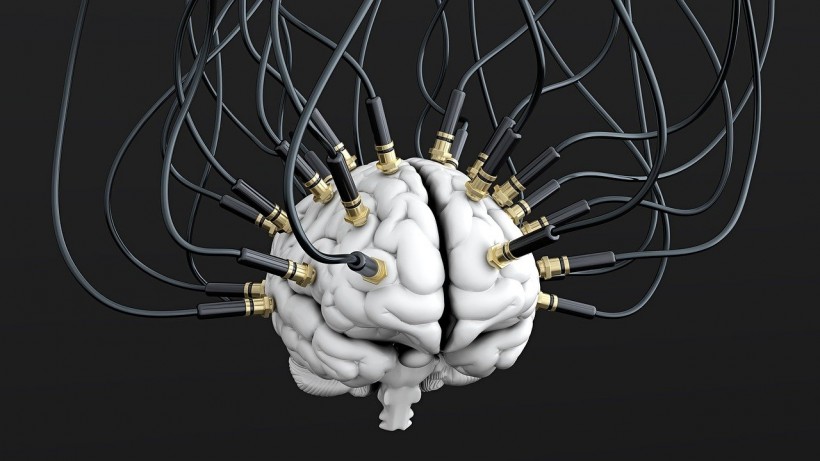Along with the increase of the aging population worldwide is the increase in age-related memory decline. So, researchers sought to find ways to prevent or reverse memory impairment and pinpoint specific brain circuits responsible for learning and memory. Unfortunately, effective interventions in improving memory have remained elusive.
Research funded by the National Institutes of Health (NIH) reports a noninvasive brain stimulation to improve memory in older people. Scientists suspected that low-frequency stimulation to the parietal region would improve short-term working memory, while high-frequency stimulation to the prefrontal cortex would improve long-term memory.
Three Categories of Memory
Memory is the ability of the brain to recall information that the different sense organs receive throughout the person's life. They can range from memories gained in the classroom or workplace, or everyday experiences or special events.
They are stored in specific parts of the brain and are divided into three categories: short-term memory, long-term memory, and working memory. Short-term memories are remembered for approximately 30 seconds, and are stored in the prefrontal cortex for a very short amount of time.
Meanwhile, long-term memory helps recall skills needed to perform a certain job or a special event many years ago. Long-term memory is stored in an area of the brain called the hippocampus.
Lastly, working memory is somewhat similar to short-term memory, but previous studies show that it can last a bit longer and help people in completing cognitive tasks.

Noninvasive Brain Stimulation Leads to Memory Improvements in Older Adults, Study Reveals
ALSO READ: Memory Boost Through Aerobic Exercise Possible Before Reaching This Age
Brain Stimulation Gave Participants Month-Long Increased Memory
Around 40% of adults aged 65 and older suffer memory loss. Medications and other treatment options usually help them, but there is still no cure for the condition until now.
Medical News Today reports that researchers from Boston University tested a noninvasive type of electrical stimulation known as transcranial alternating current stimulation (tACS), which delivers oscillating electrical currents through electrodes placed on the scalps of 150 people aged between 65 and 88. Each participant was given 20 minutes of tACS for four consecutive days.
Participants were also asked to perform a memory task in which they needed to recall a list of 20 words read aloud by one of the researchers. At the end of the study, they found that those who received low-frequency electric stimulation to the parietal lobe had an easier time remembering words, showing a significant improvement in their working memory.
Moreover, those who received high-frequency electric stimulation to the dorsolateral prefrontal cortex also had an improved ability to recall words, showing enhanced long-term memory.
Researchers noted that the memory gains participants experienced stayed for one month after stimulation. Cognitive neuroscientist Dr. Robert M. G. Reinhart told Medical News Today the experiment showed that it is possible to apply safe and noninvasive applications of low-invasive alternating electrical current in a way tailored to the intrinsic brain rhythms that are linked to memory processing.
As a result, they could control and enhance these brain rhythms associated with memory systems, especially those older people with poorer cognitive functions. Reinhart explained that this mechanism is called entrainment, which refers to the temporal locking between the brain stimulation and intrinsic rhythm inside the brain.
RELATED ARTICLE: Method of Loci: Ancient Mnemonic Technique Used by Greeks and Romans Effectively Double Brain's Memory Storage Skills
Check out more news and information on Memory in Science Times.




![Earth's Quasi-Moon Kamo‘oalewa Could Originate From Lunar Surface Not Asteroid Belt [Study]](https://1721181113.rsc.cdn77.org/data/thumbs/full/53275/89/56/50/40/earths-quasi-moon-kamo-oalewa-could-originate-from-lunar-surface-not-asteroid-belt-study.png)









